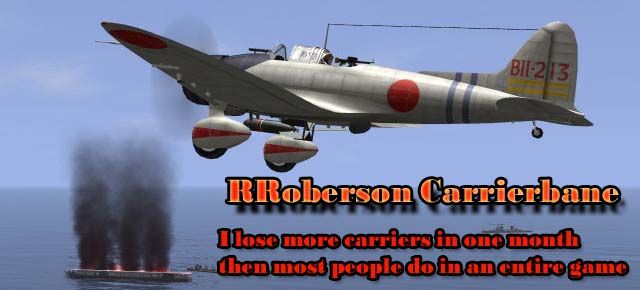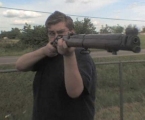ORIGINAL: Tristanjohn
The result was bound to be in the U.S. Navy's favor given any good luck at all, and in fact weather conditions did not favor our fortunes especially.
I'd have to agree here, since if you think about it all the Japanese air groups except one or two would have to be set to ground attack (airfield or port strike) missions to recreate Midway. Their missions would have to launch first and the US CV's should be undetected in two separate task forces (one with 2 CV's one with 1 CV).
Given this setup, I'd expect good first strike results for the US and a weak response from the Japanese in most cases, since Japan has already launched an air strike in the turn. So if Rob's opponent had been pounding Moresby when he showed up instead of shipping he'd have pretty much recreated the Midway battle here, just a little further south.
But on the flip side, Rob did have a very high minimum CAP set, limiting available escorts for groups checking on a strike. Couple this with the US uncoordinated strike rules and you'd have to admit that setting a few float plane groups on naval attack was a big mistake. I think it's fair to say uncoordination did not enter his thought process when planning the strike and he paid a severe penalty for it.
I doubt any testers ever attempted this in testing, so worrying about how 1 or 2 plane groups would affect the algorithms in the coordination checks probably never entered into the development process for the code. Perhaps a rule that sorts the groups by size before checking the list would be all that is needed, so small groups with only a few planes only get to check if the larger groups have already passed the test.
I’m assuming of course that the checks simply run down a list until either there is no more available escort for additional groups or a coordination check fails. If not then obviously a more complex fix needs to be looked at.
Jim








